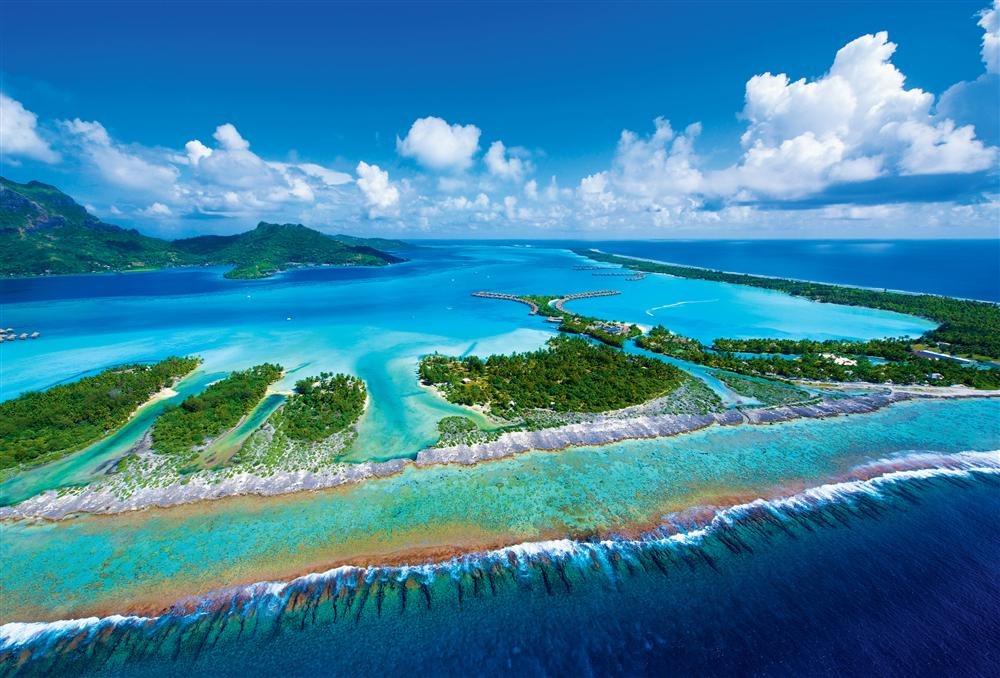It is purely a coincidence that I happen to be reading at the same time two books that deal indirectly with the island of Tahiti. One book is a factual history of the Bounty mutiny. This subject was dealt with first in a novel – Mutiny On The Bounty – and later on in two movies of the same name as well as one movie that was just called The Bounty. The ship that was called the Bounty had been commissioned to sail from England to Tahiti to pick up some breadfruit plants that eventually were to be taken to be grown on plantations in the West Indies. William Bligh, the captain of the Bounty was perceived by many of his men to be a cruel leader and that resulted in a mutiny led by Fletcher Christian. Bligh was set off in a life boat with the men who were loyal to him, and miraculously they survived their journey to safety. Some of the mutineers stayed on Tahiti and were found by a British ship sent to bring back the mutineers as prisoners. Three of these mutineers were hanged back in Britain. Some of the mutineers chose to go off with Fletcher Christian, who led them along with some Tahitians, primarily women, to an obscure out-of-the-way island, Pitcairn Island, where they all built new lives for themselves.
But for me, what is important for the purposes of this column, is the description of Tahiti and the Tahitians. Tahiti was like one of those tropical islands closer to North America where people go for their honeymoon. Warm temperatures, ocean breezes, lush tropical vegetation and white sandy beaches. What a wonderful template for human bonding and human grounding. And the Tahitians responded to this environment with a tribal culture where people were warm and generous and sexually more open and free than people in Western cultures at the time. For the British sailors on the Bounty, it seemed like paradise. A place full of flowing blendable continual organic stimuli, where people did not have advanced technology to make life overly frictionless and mediated, and where their life narratives were filled with rich vibrant primary experience. It was a paradise.
Contrast this view of Tahiti with what Gauguin, the famous French painter and the subject of the second book I am reading, found when he arrived in Tahiti, a little over a hundred years later. Tahiti had become a French colony and had been highly Westernized. Gauguin hated this influence, as he perceived the West to be in decline and full of rot. The Tahitians had lost many of their traditional ways, which was due to having been converted to Christianity. Gauguin saw it as his mission to search for as many of the surviving traditional Tahitian influences as possible and to portray them in his paintings. In particular to capture the immediacy of the primary experience that he perceived within their traditional culture. Among other things, he showed the Tahitians grounded in their natural living environment and sometimes interacting with their living environment through work. He focused on the women much more than the men. In particular, he frequently painted the women bare-breasted in their traditional native style. Sometimes, he painted them naked. Nevertheless, he also painted some women in traditional Western dress, showing how many of the Tahitian women had adopted Western concepts of modesty as a result of the influence of the church. To reiterate, Gauguin hated what the West had done to Tahiti. He felt that the West was taking away from the Tahitians their more simple natural way of life.
Of course, what he didn’t take into consideration was the fact that he could never have become such a famous painter if he had been born into Tahitian culture. The Western concept of the individual leaving preserved imprints on the surface of the world through unusual individual accomplishments was not a part of the Tahitian way of life. The very strong bonds that every Tahitian had to Tahitian society meant that his individual identity was to a great extent subsumed in a larger collective identity. As a result, the Tahitian sense of self was to a certain extent less differentiated in its presentation to the external world than the Western sense of self. The adoption of a Western modesty of dress was part of the creation of a more defined sense of self according to Western sensibilities.
Nevertheless, as we in the West grow increasingly numb as a result of modern technology, it is obvious why the ways of the Tahitians can seem so appealing to all of us. Lives filled with the organic flowing blendable continual stimuli that help to bond people to one another and to ground people in their living environment. Lives filled with primary experience that increases the vibrancy of their life narratives. Lives filled with a sense of belonging and a sense of connection. These characteristics are definitely not as present in the lives of people who dwell in modern technological society. Urban people today get some organic stimulation by going to parks and by engaging in a kind of desperate sexuality and in survival sports in order to feel alive. But, for better or worse, it can’t replace the whole organic field of experience that at least used to be obtainable in the island of Tahiti.
© 2021 Laurence Mesirow


























